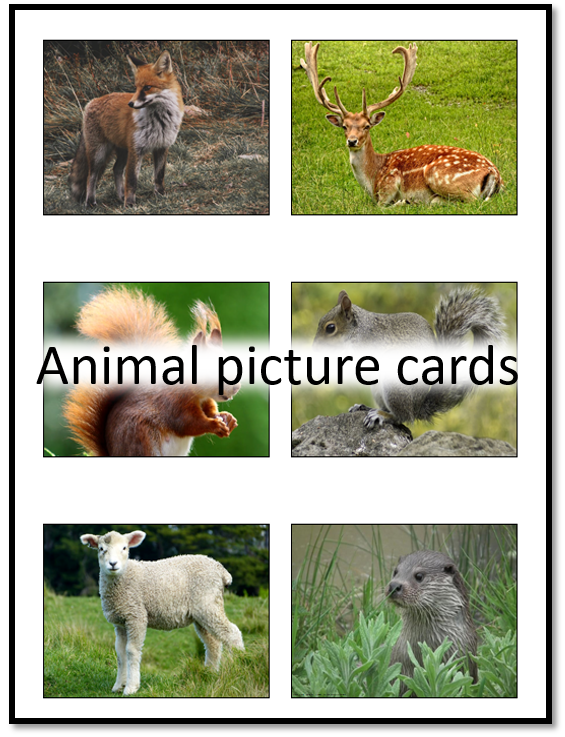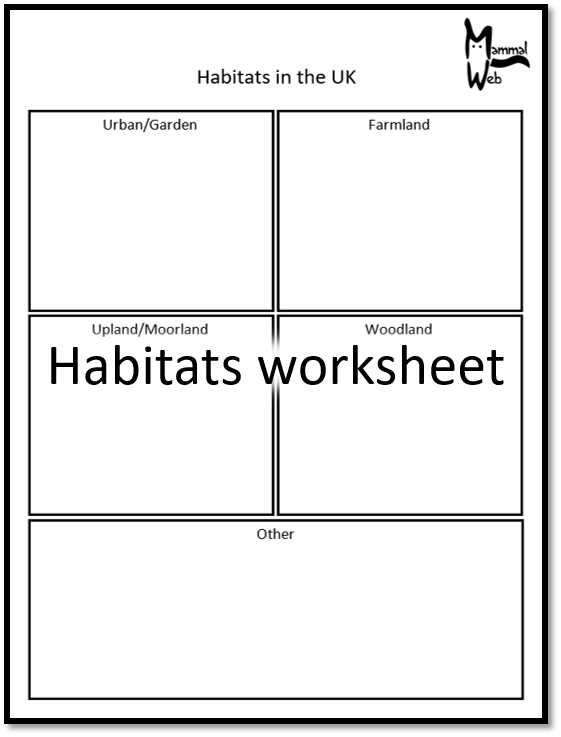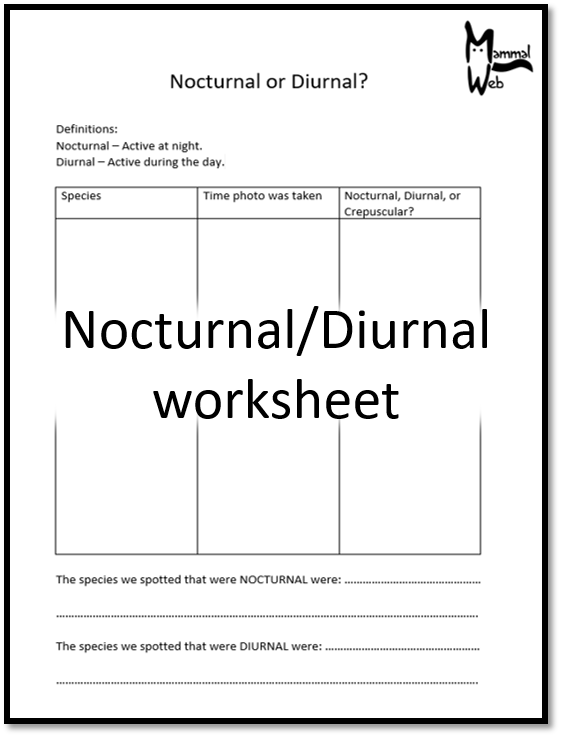Information and resources for teachers (Primary)
Curriculum links
The MammalWeb project could help support learning across a number of areas of the national curriculum. Below are examples of some of these areas.
- KS1 Yr 1: ‘identify and name a variety of common animals including fish, amphibians, reptiles, birds and mammals.’
- KS1 Yr 1: ‘identify and name a variety of common animals that are carnivores, herbivores and omnivores.’
- KS1 Yr 1: ‘describe and compare the structure of a variety of common animals (fish, amphibians, reptiles, birds and mammals, including pets)’
- KS1 Yr 2: ‘identify and name a variety of plants and animals in their habitats, including micro-habitats.’
- KS1 Yr 2: ‘identify that most living things live in habitats to which they are suited and describe how different habitats provide for the basic needs of different kinds of animals and plants, and how they depend on each other.’
- KS2 Yr 4: ‘recognise that living things can be grouped in a variety of ways.’
- KS2 Yr 4: ‘explore and use classification keys to help group, identify and name a variety of living things in their local and wider environment.’
- KS2 Yr 6: ‘describe how living things are classified into broad groups according to common observable characteristics and based on similarities and differences, including micro-organisms, plants and animals.’
- KS2 Yr 6: ‘give reasons for classifying plants and animals based on specific characteristics.’
- KS2 Yr 6: ‘identify how animals and plants are adapted to suit their environment in different ways and that adaptation may lead to evolution.’
Activity ideas
Below are some ideas for class activities relating to camera trapping and/or learning about UK mammals. Resources for some of these activities can be found at the bottom of the list. We aim to continue to update this list, so if you have previously designed your own activities, or have ideas for new activities relating to these topics, then please get in touch by emailing: This email address is being protected from spambots. You need JavaScript enabled to view it..
- Setting up the camera trap - get the children to think about where they would put the camera trap in order to get the best photos of animals. They could draw out their perfect spot.
- Animal tracking - when setting up the camera trap, get the children to first look for signs and clues that animals have been there. Poo, footprints, trails, burrows, and evidence of vegetation having been eaten are all signs that animals are around!
- Mammal articulate - getting the children to describe a given mammal species (you could use the picture cards in the resources below) without saying what it is.
- Mammal charades - getting the children to act out a given mammal species (you could use the picture cards in the resources below) without saying what it is.
- Sorting into categories - sorting mammals into different categories e.g. nocturnal/diurnal (comes out in daytime), carnivore/herbivore/omnivore, native/non-native, pet/non-pet, farm animal/non-farm animal, colour of fur, habitat. You could assign categories and get children to sort animals into those categories. Alternatively, you could get the children to sort animals into groups first, and then ask how they have chosen to sort them (focussing on what similarities/differences they have noticed).
- Habitats - learning about what mammals live in which habitats. You could classify photos on MammalWeb from different projects (e.g., within the Hancock museum project there are different habitat categories) and see what different animals you get. As you go through you could get children to write lists of what animals they've found in each habitat.
- Nocturnal/diurnal - similar to above, do some classifying on MammalWeb, get children to write down which animals they see in daytime and which in night-time. You can then determine which are nocturnal and which are diurnal. If you want to add in an extra word, 'crepuscular' means animals that come out at dawn and dusk, which is all of the deer species.
- Adaptations - getting the children to choose an animal that they have seen on MammalWeb and to label/list adaptations of that animal to its surroundings.
- Animal factfiles - get the children to make and/or present factfiles of the species you've captured on your camera trap. The factfile can include information on characteristics, diet, lifecycle, when they're active, if they're native/non-native - and if they're non-native then where they've come from!
 |
 |
 |
Activity ideas (external resources)
Below are links to a number of websites that have ideas and resources for activities and lessons about the environment.
https://www.woodlandtrust.org.uk/naturedetectives/activities/search/?query=&sortby=date&count=10 (KS1/KS2)
https://www.wildlifetrusts.org/actions (KS1/KS2)
https://www.wwf.org.uk/get-involved/schools/resources (KS1/KS2)
https://wildwoodtrust.org/sites/default/files//wildwood-media/Files/ks2-adaptation.pdf (KS2)

 English (United Kingdom)
English (United Kingdom)  Nederlands (nl-NL)
Nederlands (nl-NL)  Magyar
Magyar  Deutsch (Deutschland)
Deutsch (Deutschland)  Croatian (Hrvatski)
Croatian (Hrvatski)  Polski (PL)
Polski (PL)  Español (España)
Español (España)